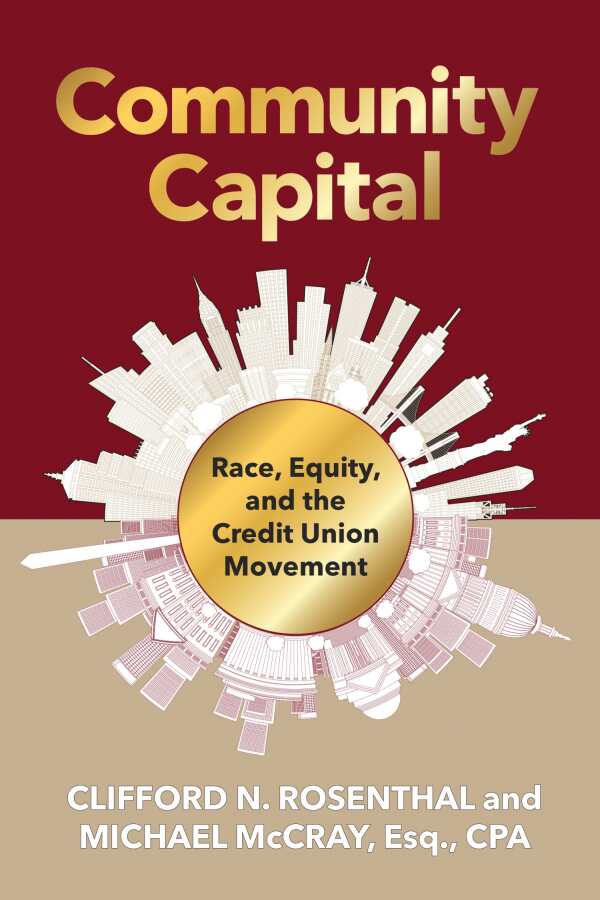Community Capital
Race, Equity, and the Credit Union Movement
Community Capital is a knowledgeable text that focuses on institutional financial challenges within marginalized communities.
Clifford N. Rosenthal and Michael McCray’s Community Capital is a microhistory of race relations viewed through the lens of community financial institutions.
The book focuses on Rosenthal’s and McCray’s personal histories with two distinct organizations, the National Federation of Community Development Credit Unions (NFCDCU) and the Kappa Alpha Psi Federal Credit Union (KAPFCU), with Rosenthal having led the former and McCray being an advisor to the latter. Indeed, the first half of the text covers Rosenthal’s time working in various cooperative institutions, culminating in leading a national organization. After this, McCray talks about a Black credit union’s historic liquidation and the legal battle that ensued. In both instances, passionate cases are forwarded for credit unions, tempered by reflective discussions of the successes and failures of both organizations.
Rosenthal’s section of the book, “The Quest for Community-Controlled Capital,” is an intimate look at his work and legacy as an advocate for community development financial institutions. He moved from cooperatives to crafting federal policies to secure wealth in low-income communities, fostering relationships with the communities and institutions he served. Much of his focus is on inequities faced by Black and brown communities and how credit unions became a central part of improving financial situations for these minority groups. But because this focus is autobiographical, there is little in the way of research or corroborating documents. Still, Rosenthal’s language is clear and accessible, if occluded by jumps in the timeline. Though the chapter headings serve as important markers throughout the section, insufficient lines are drawn between the experiences recorded here and the history of the credit union movement as a whole.
The two halves of the book, while covering broadly the same topic, are separate in their styles and pacing. McCray’s section focuses on a legal battle, and its language is not as accessible to lay readers. It is supported by references to news stories, court documents, and conversations between KAPFCU officials, though. And there are a plethora of supporting graphs and charts to help clarify its narrative, which is otherwise complex and thick with jargon. The legal battle is used to comment on how Black and brown institutions are punished before they are questioned, adding veracity to the first half of the text by giving an example of race-based discrimination in financial institutions. Further unifying the book as a whole is this shared understanding of the disparities faced by Black and brown communities, specifically with regard to financial institutions.
A social science manifesto marked by personal insights, Community Capital advocates for building stronger, financially healthier Black and brown communities against insurmountable odds.
Reviewed by
Ahliah Bratzler
Disclosure: This article is not an endorsement, but a review. The publisher of this book provided free copies of the book and paid a small fee to have their book reviewed by a professional reviewer. Foreword Reviews and Clarion Reviews make no guarantee that the publisher will receive a positive review. Foreword Magazine, Inc. is disclosing this in accordance with the Federal Trade Commission’s 16 CFR, Part 255.

